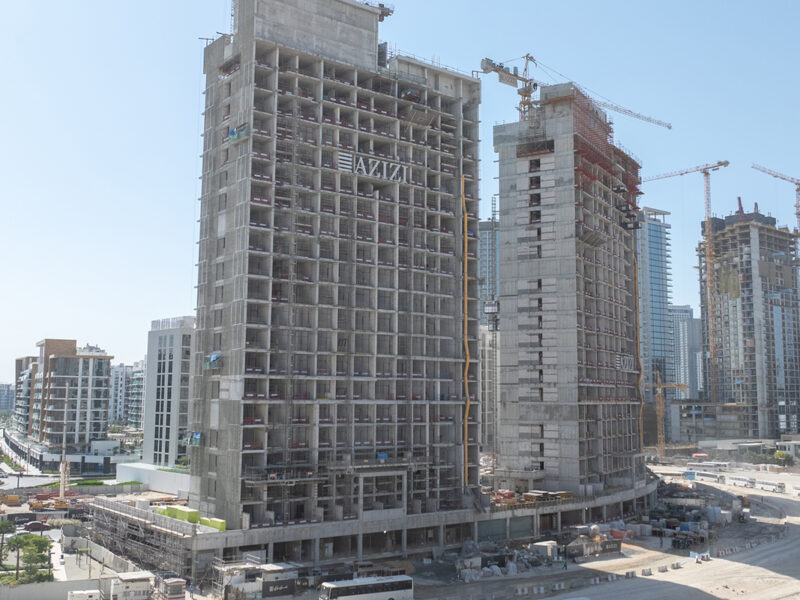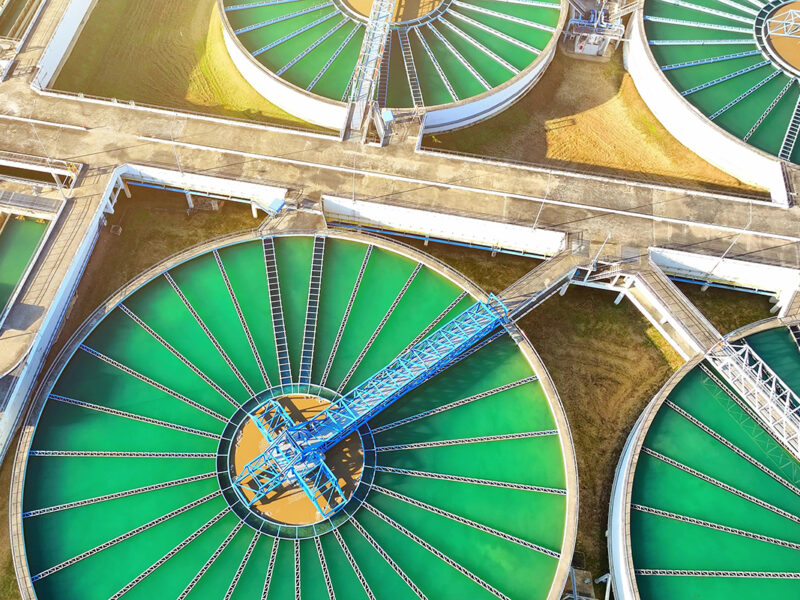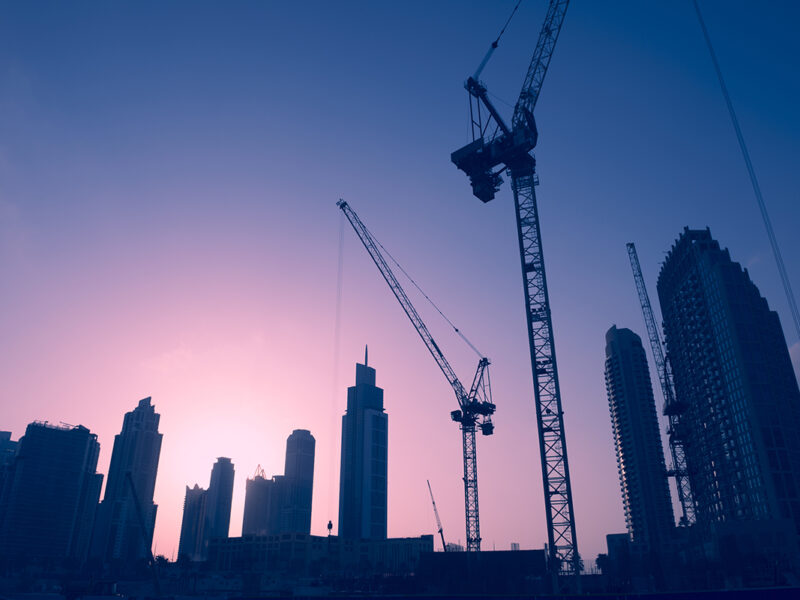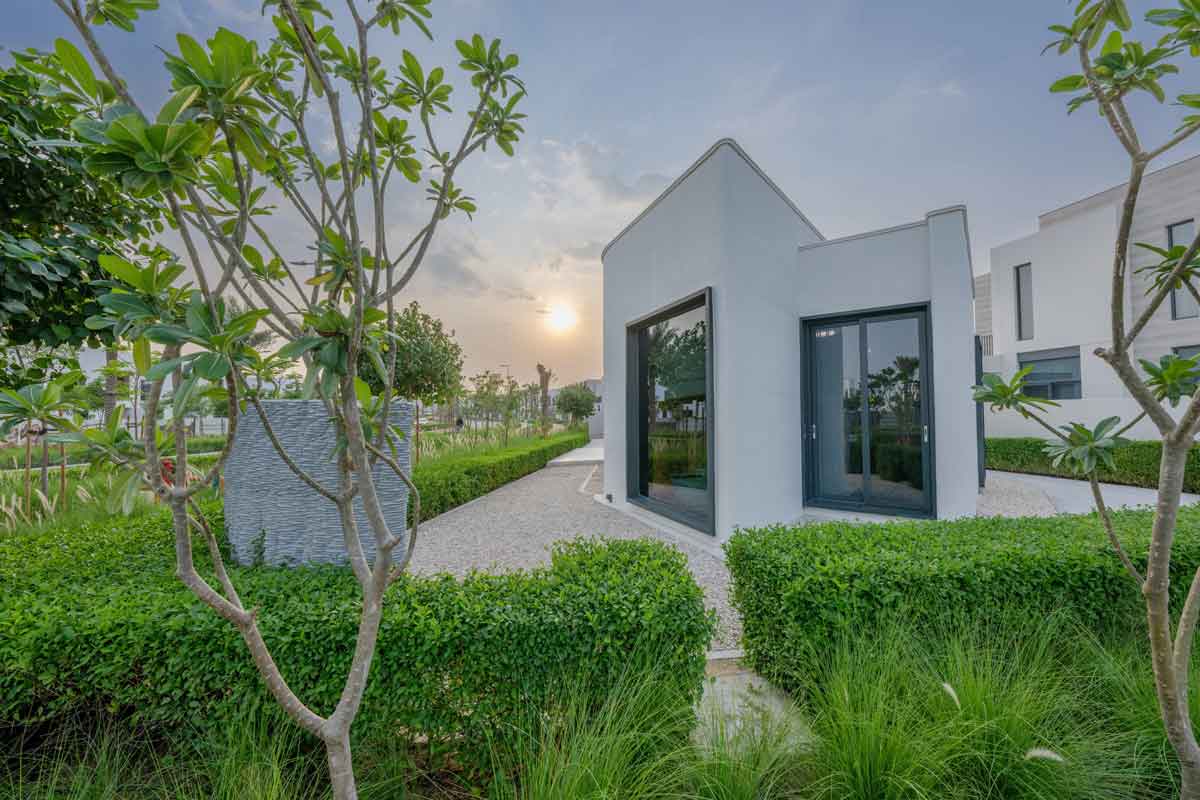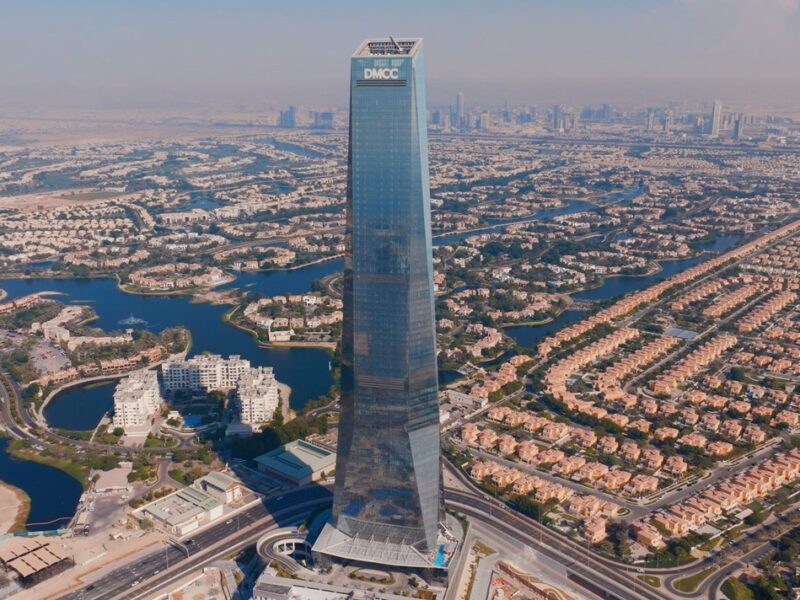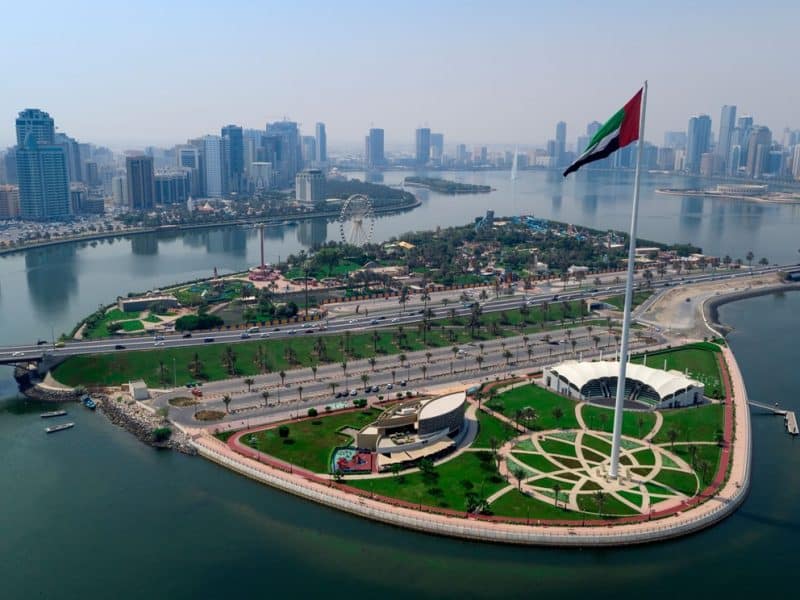Emaar Properties has launched Dubai’s first 3D-printed villa after being previously delayed due to the pandemic.
The real estate developer unveiled the villa at its Arabian Ranches III community, revealing the technology’s potential for non-traditional residential designs.
Using its BOD2 printer, Danish firm COBOD constructed the three-bedroom, 202-square-metre home in 2019 in collaboration with Emaar. Intricate curved walls and expansive windows show how additive manufacturing allows for architectural flourishes not possible with standard building methods.
“Due to the beauty of this project and the many fine details, we are excited to see that the building has finally been revealed. We have waited since 2019 for this to happen and are extremely proud of this project, made by one of the very first BOD2 printers we produced. This project is not just about creating a house; it’s about shaping the future of construction,” said Henrik Lund-Nielsen, Founder and General Manager at COBOD.
Completed years ago but concealed from public view until now, the reveal provides onlookers a rare chance to evaluate the current state of 3D concrete printing and gauge its viability for mass adoption in residential real estate. While it stands alone so far, Dubai aims for a quarter of construction to be printed by 2030.
While questions remain about its long-term cost-effectiveness versus traditional building, 3D printing offers environmental benefits through its potential to reduce construction waste and carbon emissions by offering a more precise, digitally-planned approach to architecture.
Its integrated smart systems from Xiaomi also provide a testing ground for how 3D printing may optimise homes for efficiency and interconnectivity. Whether the sector modernises fast enough to meet government targets remains uncertain.





